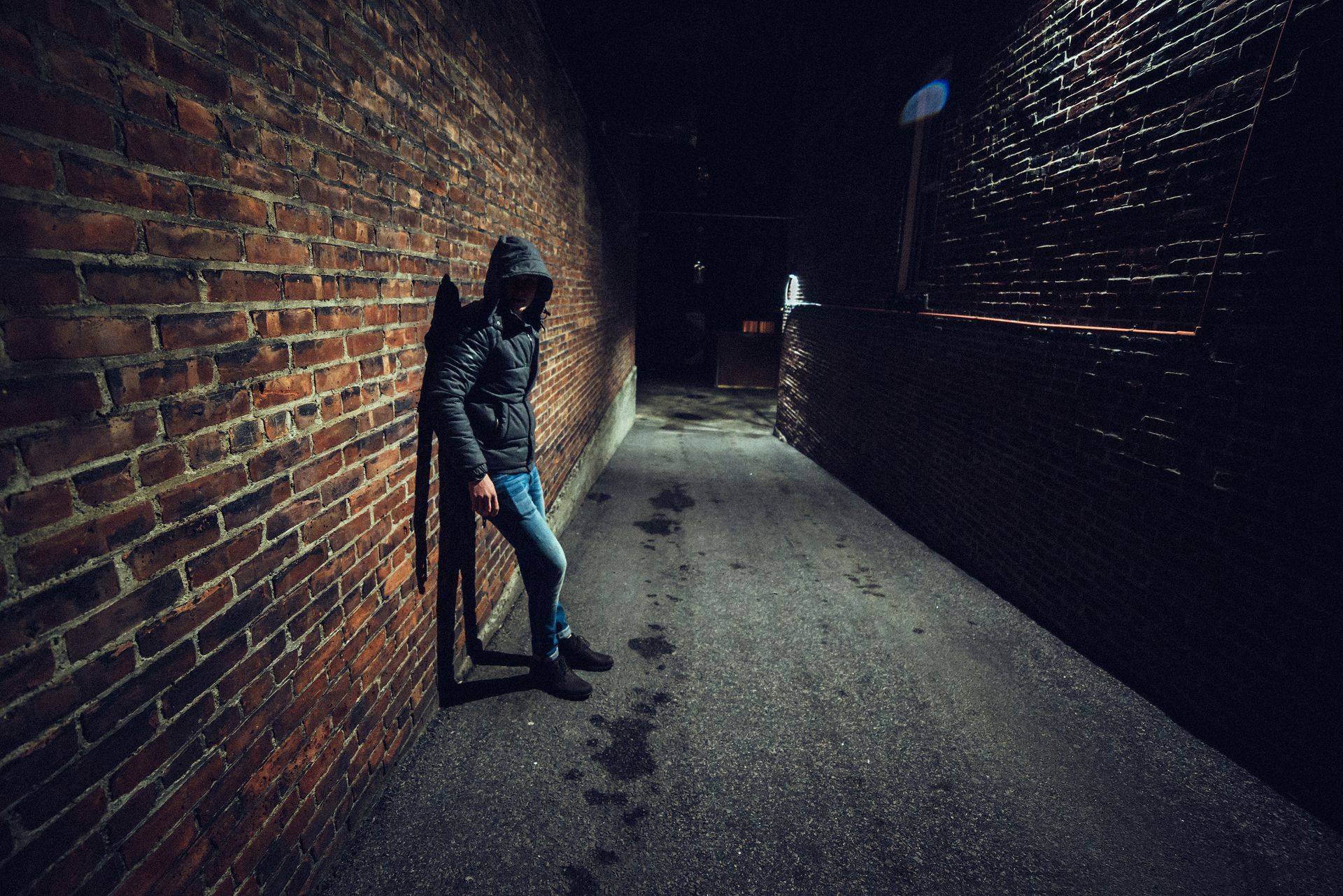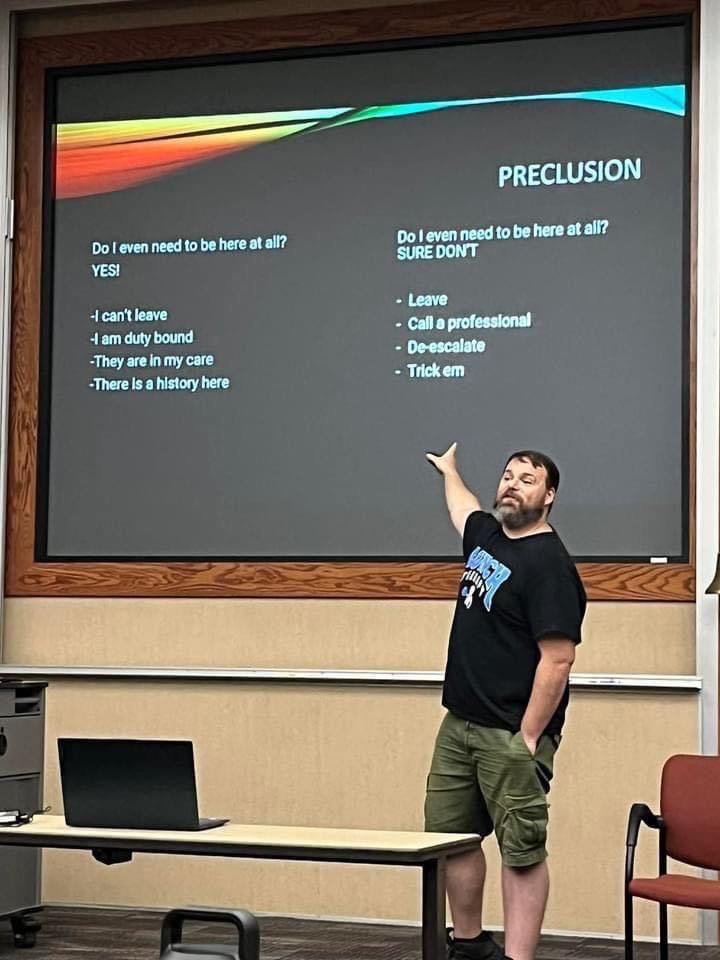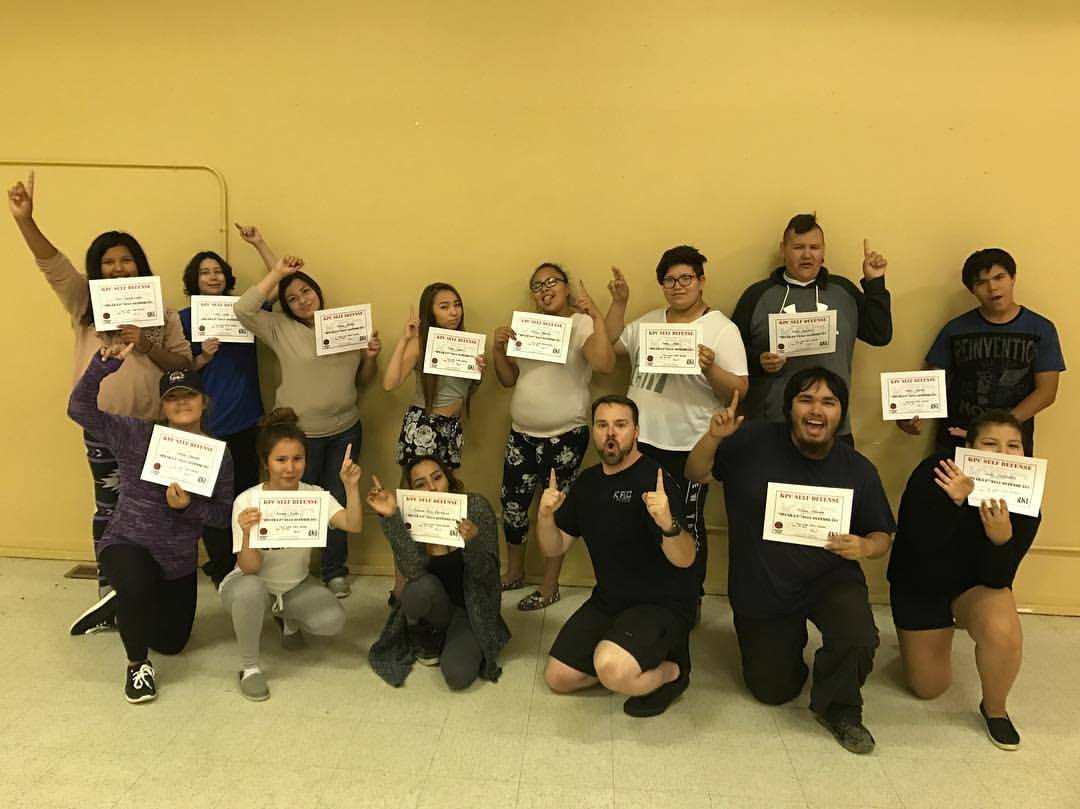Reading the Room: Spotting Red Flags Before Violence Starts
This is a subtitle for your new post

Self-defense doesn’t start when someone takes a swing at you. If it gets to that point, you’ve already missed a handful of opportunities to avoid the whole mess. One of the most overlooked—and most valuable—self-defense tools is paying attention to the people around you and reading their behavior.
Picture this: You’re at a bar, having a good time, when someone enters and the whole vibe shifts. You feel it before you see it. Maybe the laughter dies down, or people glance nervously toward the door. That’s your first cue to pay attention.
The Tells: How to Read Behavioral Red Flags
Most people aren’t sneaky about their intentions. We’re predictable creatures, and if someone’s gearing up to start trouble, they’ll broadcast it—if you know what to watch for. Here are some of the major warning signs:
1. The “Interview” This is when someone sizes you up. They might ask odd questions, invade your space, or keep making eye contact long past what’s comfortable. It’s subtle, but they’re checking to see if you’re an easy target. Predators interview their prey—don’t make the callback list.
2. Pacing and Positioning If someone is circling the area or keeps shifting their position, they might be trying to find the right angle for an attack or escape. This often happens just before things kick off. Think of it like a boxer in the ring—they’re finding their spot.
3. Sudden Stillness Violence often comes after an eerie calm. If someone who was previously animated suddenly freezes or zones in on you, it’s a red flag. This stillness is the body's way of loading up for action. It’s the calm before the storm—so get moving.
4. Clenched Fists and Jaw Anger leaks out physically. If someone is clenching their fists, flexing their jaw, or their breathing changes, they’re fighting the urge to lash out. This is your chance to exit stage left before fists start flying.
5. Violating Boundaries If someone keeps stepping into your personal space despite clear signals to back off, that’s not an accident. They’re testing how far they can push. It’s a common tactic used to desensitize you before an actual attack. Shut it down early.
What to Do When You Spot the Red Flags
Let’s be clear—reading the room doesn’t mean being paranoid or overly aggressive. It means staying aware and taking action when something feels off. Here’s how to handle it:
- Trust Your Gut – If you feel like something’s wrong, you’re not imagining it. Your subconscious picks up on more than you realize.
- Create Distance – If possible, put space between you and the potential threat. Move to another part of the room or leave altogether.
- Position Yourself Smartly – Stay near exits, keep your back to a wall, and avoid getting cornered. It’s not paranoia; it’s smart positioning.
- Set Boundaries Early – If someone is testing you, make it clear you’re not interested in engaging. A firm “Hey, back up” with confident body language goes a long way.
- Have an Out – Know where the exits are, and if things escalate, don’t be afraid to leave. You don’t owe anyone an explanation for keeping yourself safe.
Building This Into Your Daily Life
Reading red flags isn’t just for bars and late-night strolls. It’s a skill that translates everywhere—public transit, work, even family gatherings (let’s be real).
The more you practice, the sharper your instincts become. This isn’t about living in fear. It’s about walking through life with your head up, tuned in, and ready to move when necessary.
Remember: The best fight is the one you avoid entirely. But that doesn’t happen by accident—it happens by paying attention.








